This post is part of a series on the skills children learn in a Positive Discipline classroom, and how parents can support their children in using these skills outside of school. For more background on this series, read Positive Discipline in The Classroom: Bringing The Skills Home.
If you are in the Pacific Northwest, check out Sound Discipline to learn more about bringing Positive Discipline to your school or community.
What Children Learn:
Bugs and wishes are a tool for children (and adults) to express what is bothering them. It is a simplified form of an “I-Statement.” The format is: "It bugs me when person/people do _________, and I wish you/they would________."
When starting out, children will often say, “It bugs me…and I wish you would stop.” We can encourage them to move toward saying what they wish the other person would actually do to correct the problem. It will take time and practice for them to get here.
An important part of using bugs and wishes is learning how to respond. When students learn about Bugs and Wishes in the classroom, they brainstorm a list of respectful responses. As seen in the picture, examples are posted on the wall so that children can draw on those when they need them.
Why It’s Important:
Learning how to communicate feelings is a skill that takes time. Bugs and Wishes give children a specific format to use, eliminating the need to figure out how to express themselves while they are still just learning to identify what it is they are feeling. The “wish” part helps them focus on solutions and think about what might solve the problem.
How Parents Can Support Use At Home:
Bugs and Wishes is a wonderful tool to use at home and can help siblings learn to communicate respectfully. The very best way we can teach this skill to our kids is by modeling it ourselves. When you notice your child using bugs and wishes to communicate, acknowledging with “I notice you used bugs and wishes to tell your brother how you were feeling,” or “I appreciate ______.”


